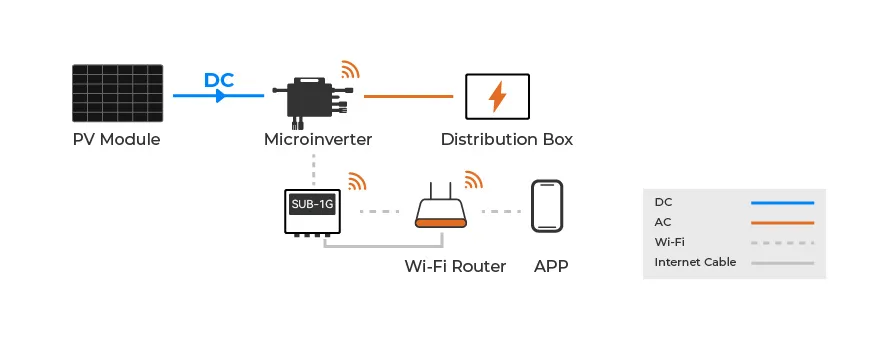Solar energy storage systems are rapidly transforming the way we harness and use energy, providing a sustainable and efficient solution for managing power. As a scalable and robust solution, these systems play a pivotal role in bridging the gap between solar production and energy consumption. This article explores the fundamental components of a solar energy storage system diagram and why they are critical to its operation.

Essentially, a solar energy storage system comprises several key components solar panels, a charge controller, an inverter, battery storage, and the load. Understanding the interaction between these components is vital for optimizing the performance of solar power solutions and enhancing overall energy efficiency.
Solar panels are at the heart of any solar energy system. Equipped with photovoltaic (PV) cells, these panels convert sunlight into direct current (DC) electricity. The efficiency of solar panels is crucial as it determines the amount of solar energy that can be harvested. High-efficiency panels can generate more power in less space, making them ideal for residential and commercial applications where area is at a premium.

Once the solar panels capture sunlight and convert it into energy, this energy needs to be managed and stored for future use. This is where the charge controller comes into play. Serving as a regulator, the charge controller ensures that the DC electricity from the solar panels is delivered to the battery storage system at the correct voltage and current. This not only protects the battery from overcharging but also maximizes its lifecycle.
Central to the storage aspect is the battery. Batteries in solar energy systems store excess energy generated during peak sunlight hours, which can then be utilized during non-sunny periods or at night. This time-shift capability is crucial for ensuring a continuous and reliable power supply. Modern systems typically use lithium-ion batteries due to their high energy density, longer lifespan, and lower maintenance compared to traditional lead-acid batteries.
The inverter is another pivotal component. Its primary role is to convert the DC electricity generated by solar panels and stored in batteries into alternating current (AC) electricity. AC is the standard form of electricity for household and commercial appliances, making this conversion necessary for powering everyday devices.
solar energy storage system diagram
Finally, the load represents the end-use where the electricity is utilized, whether it's household appliances, industrial machines, or commercial equipment. The efficiency and reliability of the entire system are ultimately measured by how effectively it can supply power to these loads without interruption.
The architecture of a solar energy storage system is designed to provide a seamless flow of energy from generation to consumption, maintaining stability and reliability. This is particularly critical in today's world, where energy demands are high and the need for sustainable solutions is more urgent than ever.
Keeping up with advancements in technology, such systems are increasingly incorporating smart monitoring and management systems powered by AI and IoT. These features offer real-time data and predictive analytics to further optimize energy usage, enhance system efficiency, and reduce costs.
From an expertise and authority perspective, the success of implementing solar energy storage systems lies in selecting components that meet regional climate conditions, energy requirements, and future scalability needs. Trustworthy solutions come from manufacturers and providers with a proven track record in the renewable energy sector, backed by comprehensive warranties and dedicated customer service.
In conclusion,
solar energy storage systems provide an innovative and necessary approach to modern energy management. Their architecture not only facilitates a more sustainable energy ecosystem but also empowers consumers and businesses to take control of their energy future. With continuous advances in technology and system integration, the potential for these systems continues to grow, making them a cornerstone of the renewable energy revolution.
 LEARN DETAILS
LEARN DETAILS



